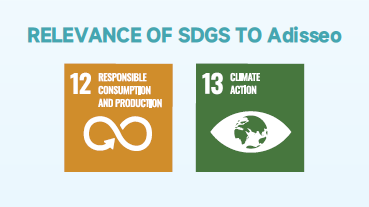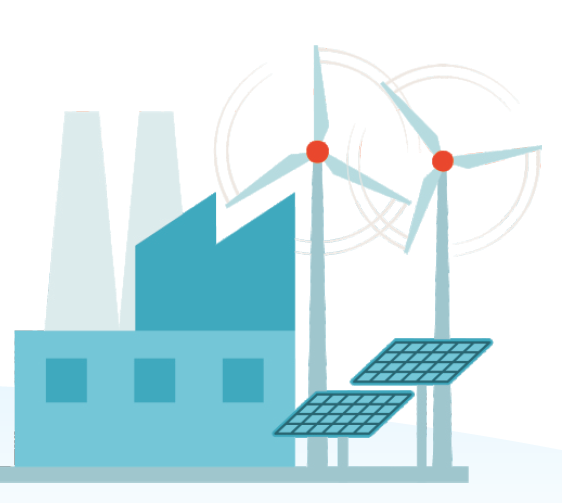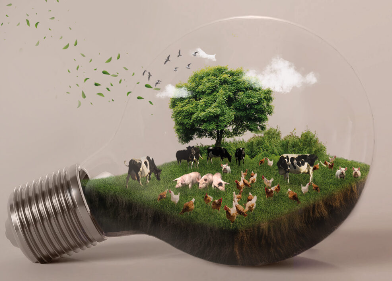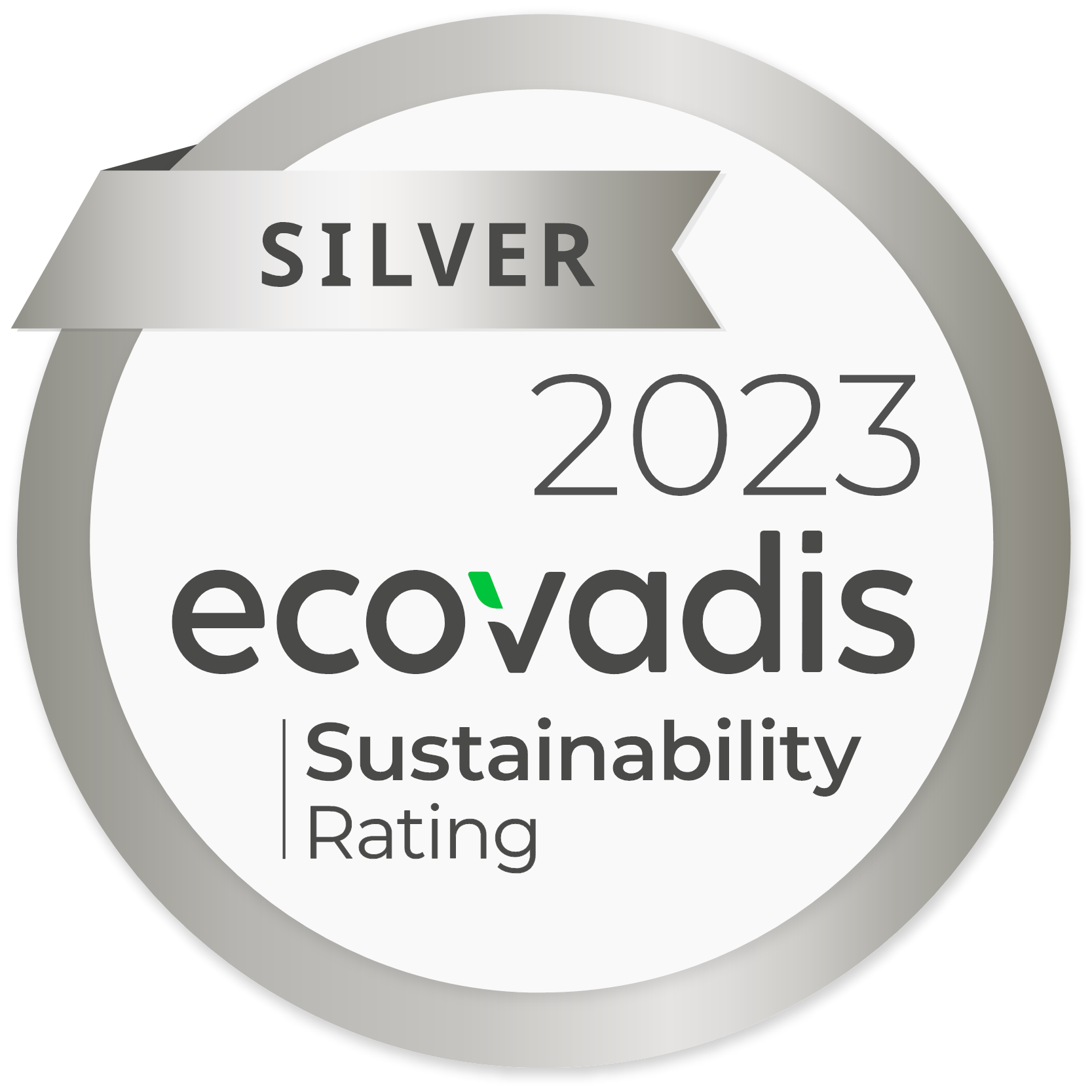In line with Adisseo vision and mission, we are engaged in innovation to provide sustainable solutions, including products, services and technologies contributing to the reduction of the environmental footprint of livestock production.
Reducing Environmental Impacts
In 2022, Adisseo revised its short-term environmental objectives, namely:
- A 21% reduction in its greenhouse gas emissions in absolute terms between 2020 and 2025. This target is aligned with the 1.5°C SBT (Science Based Targets) trajectory and the Paris Agreement.
- A 13% reduction in its absolute energy consumption between 2020 and 2025 including business growth.
In 2023, Adisseo finalized a process with Carbone 4 (a leading French sustainable development consultancy) to establish its carbon reduction roadmap to 2050. This work consisted first of all of a critical review of the measurement of the company’s carbon footprint on all its perimeters. It confirmed Adisseo’s initial estimates and refined them by looking in greater depth at regional data according to the countries where the company’s activities are located.
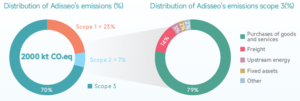
This approach has already enabled Adisseo to verify that its short-term objectives for greenhouse gas emissions and energy consumption were relevant, in particular with a strong focus on methionine production which represents around 90% of its GHG emissions.
In 2023, the total scope 1 emissions were 398,864 tons CO2e, same level as in 2022 despite a production volume increase. We are maintaining the cap with high expectations for the coming years.
In 2023, Adisseo’s scope 2 emission were 29,559 tons CO2e, an increase about 11,000 tons CO2e compared to 2022, due to the level of production and disruptive production in Roussillon plant.
Supply of electricity 55% of the company's electricity purchases
are of renewable or decarbonated origin

The earth is
1.1°C
warmer than it was at the start of the industrial revolution.
On the current path of CO2 emissions, the global temperature is expected to increase
by 3 to 5°C by the end of century.

